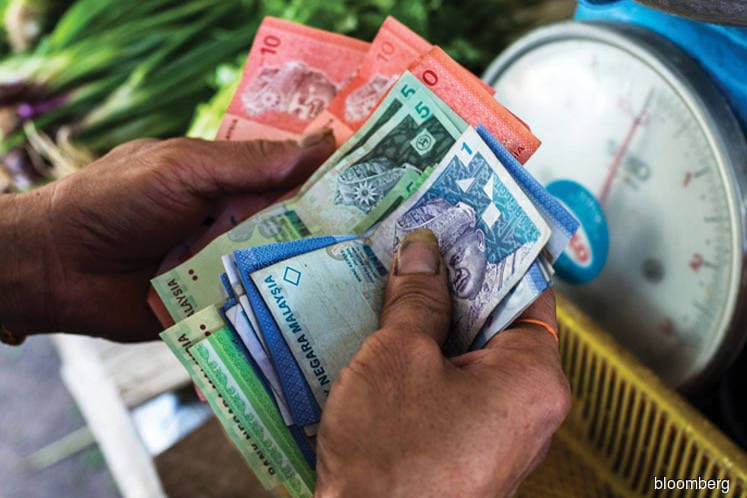
This article first appeared in The Edge Financial Daily on August 14, 2018
KUALA LUMPUR: Despite being one of the best performers among emerging-market (EM) currencies year to date (YTD), the ringgit has fallen back to its lowest level since November last year as the Turkish lira crisis intensified.
Earlier yesterday, the lira hit a fresh all-time low of 7.24 against the greenback but eventually recouped some of the losses to close at 6.92. The free fall in the lira followed US President Donald Trump’s approval for metal tariffs on Turkey to be doubled.
The dispute between the US and Turkey revolves around the continued detention of American pastor Andrew Brunson, who is on trial for espionage and terror-related charges. With Turkey already grappling with a currency crisis arising from concerns over President Recep Tayyip Erdogan’s economic policies, a trade and diplomatic row with the US further escalated the lira’s decline.
According to FXTM global head of currency strategy and market research Jameel Ahmad, global markets throughout this week are likely to remain dictated by external pressures, encouraged by the intense risks around the lira crisis.
“The threat to the ringgit will be that investors continue to remain ‘risk off’ during this period, with a strict reduction in trade appetite towards EM assets,” Jameel said.
He added that EM currencies like the ringgit would be off the table for investors and that the ringgit would take guidance from the lira crisis.
“If the lira continues to worry global investors, the ringgit like other EM currencies will suffer from the risk-off environment,” he noted.
At closing, the ringgit was trading at about 4.09 against the US dollar. YTD, it has fallen by about 1.15% against the greenback but outperformed most of the EM currencies except the Mexican and Colombian pesos.
The lira’s collapse on Sunday night drove demand in global markets for safe-haven currencies, such as the US dollar, Japanese yen and Swiss franc.
A foreign exchange trader noted that despite the decline in EM currencies, the ringgit remains relatively more resilient.
“While the ringgit has fallen by about 0.2%, other EM currencies such as the Indonesian rupiah, Philippine peso and Chinese yuan have fallen by about 1.5%, 0.3% and 0.5% respectively,” he said.
While the risk of a continued decline in the lira remains, a pledge to provide liquidity and cut reserve requirements for local banks by Turkey’s central bank has helped calm the market, pushing the lira briefly to 6.40 per US dollar.